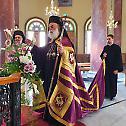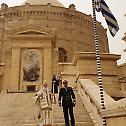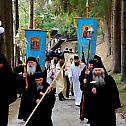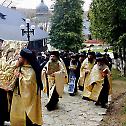Patriarch of Alexandria: In the name of true God, Christians and Muslims, united like brothers, take courage
25. April 2020 - 13:16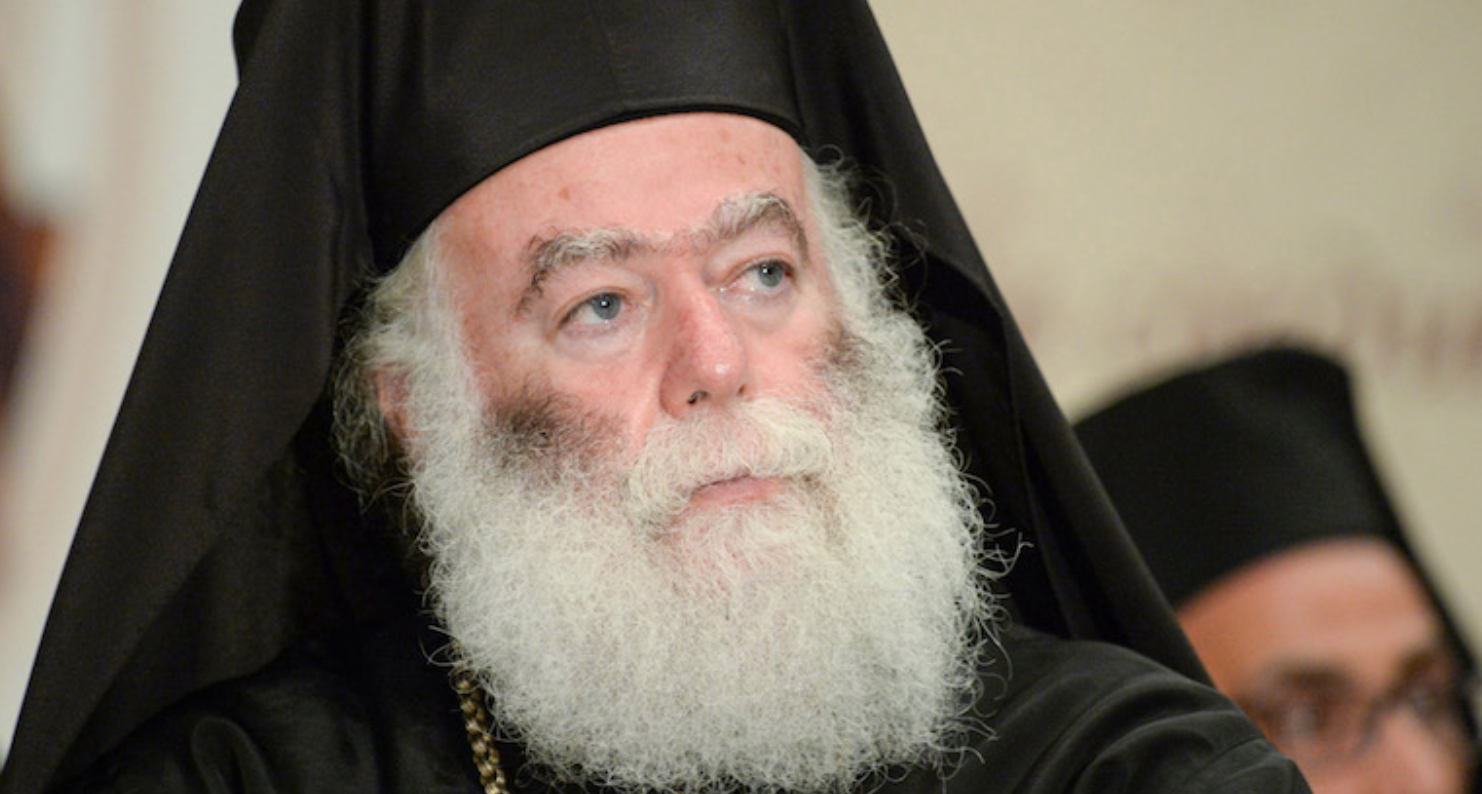 Patriarch Theodore II of Alexandria and All Africa conveyed his warmest wishes to Egyptian President Abdel Fattah al-Sisi on the occasion of the start of the holy month of Ramadan for Muslims.
Patriarch Theodore II of Alexandria and All Africa conveyed his warmest wishes to Egyptian President Abdel Fattah al-Sisi on the occasion of the start of the holy month of Ramadan for Muslims.
“I would like to send my heartfelt wishes from the patriarchal holy monastery of St. George to all our brothers and sisters, to all who live in the blessed country of Egypt, as the holy period of Ramadan begins at dawn,” the Primate of Alexandria said and wished them “to have the blessing of the mercifull and great God. May they have God’s blessing in their daily prayers and in the exaltation of their hearts to the true God.”
Unknown when the temples will reopen for the faithful in Greece
25. April 2020 - 13:13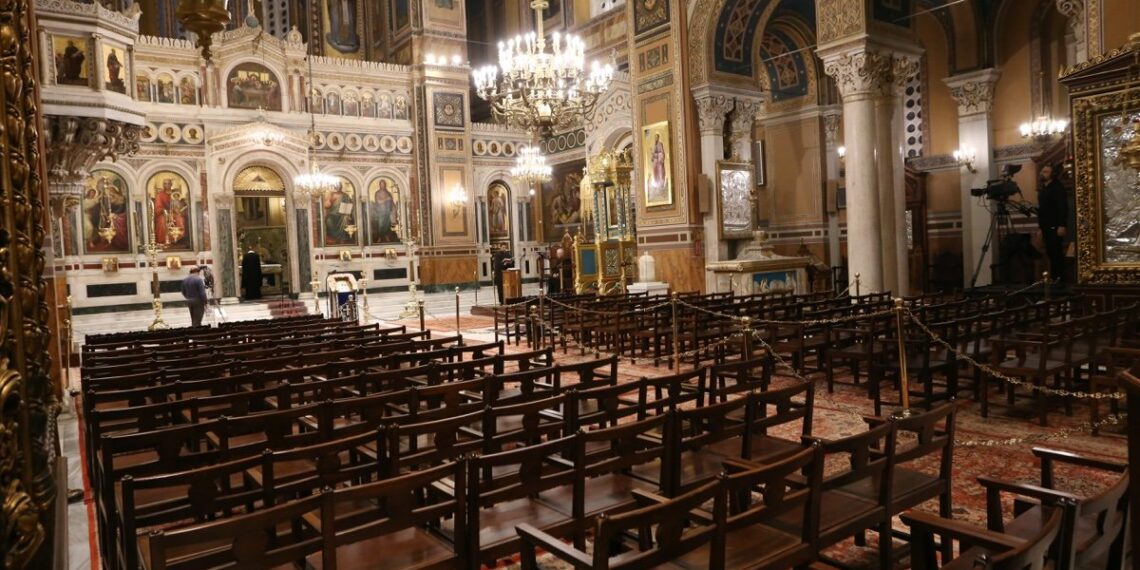 It is still unknown when the temples will be opened for the faithful, according to Education Minister Niki Kerameus.
It is still unknown when the temples will be opened for the faithful, according to Education Minister Niki Kerameus.
Speaking on ANT1 TV about the return of pupils to schools and the continuation of the school year, the minister was asked if there is a provision for churches.
Consecration ceremony of St. Catherine’s Chapel by Patriarch of Alexandria
25. April 2020 - 13:09Patriarch Theodore of Alexandria and All Africa unveiled the bust of Abbot Agathangelos at the Holy Monastery of St. George in Old Cairo, marking the 50th anniversary of his death.
Wonderworking Icon from Romania’s Sihăstria Monastery carried in procession against coronavirus and drought
24. April 2020 - 19:54On Bright Tuesday, the third day of Holy Pascha, the wonderworking Axion Estin (It is Truly Meet) Icon of the Mother of God from Romania’s famous Sihăstria Monastery was carried in procession, with the monks entreating God for relief from the coronavirus pandemic and drought.
Life-Giving Font Church in Constantinople
25. April 2020 - 12:59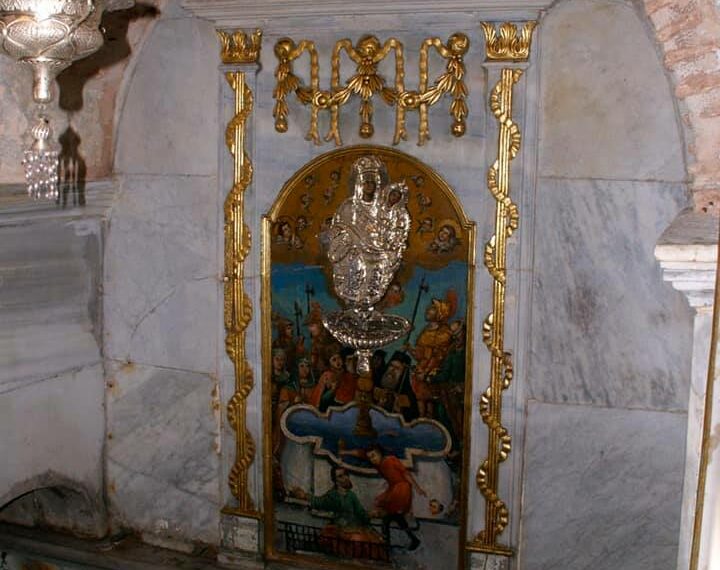 Situated about 500m outside the Theodosius Walls in the vacinity of Silivri Kapa, Life-Giving Font (Zoodohos Pigi) Church contains the holy life giving spring of the same name and the tombs of many deceased Orthodox Patriarchs and major religious personages buried in the west of the court surrounding the church.
Situated about 500m outside the Theodosius Walls in the vacinity of Silivri Kapa, Life-Giving Font (Zoodohos Pigi) Church contains the holy life giving spring of the same name and the tombs of many deceased Orthodox Patriarchs and major religious personages buried in the west of the court surrounding the church.
Tombstones with engravings in the Karaman Language, ie Turkish written in the Greek alphabet, this was the script used by Turkish speaking Anatolian Christians whose clergy used greek only for the Liturgy, oden the floor of the court that are also carved with the emblems of the deceased trade.

